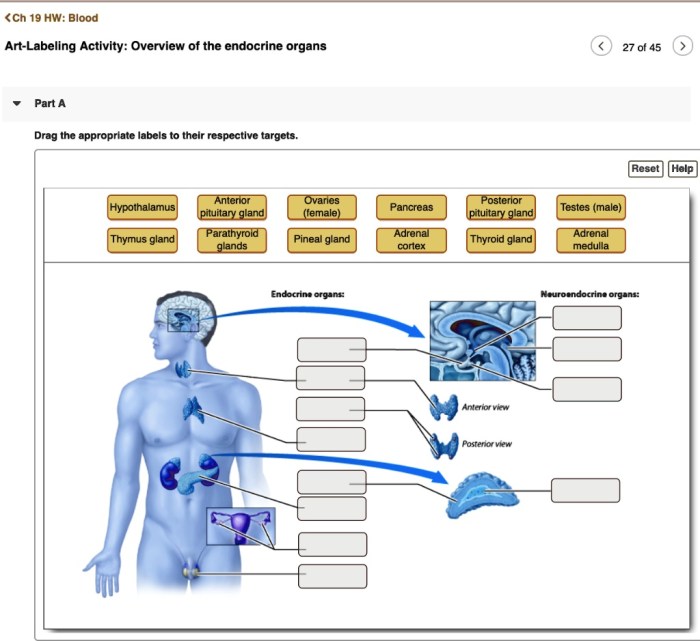The art-labeling activity: overview of the digestive system provides a unique and engaging way to learn about the structure and function of the digestive system. This activity is a valuable tool for educators, as it can help students to visualize and understand the complex processes involved in digestion.
The art-labeling activity involves creating a visual representation of the digestive system, such as a diagram or a model. Students can then label the different organs and structures of the digestive system, and describe their functions. This activity can be used to teach students about the anatomy of the digestive system, the process of digestion, and the role of enzymes and hormones in digestion.
Overview of the Digestive System

The digestive system is a complex network of organs that work together to break down food into nutrients that the body can absorb and use for energy. The digestive system begins with the mouth, where food is chewed and mixed with saliva to form a soft mass called a bolus.
The bolus then travels down the esophagus to the stomach, where it is further broken down by stomach acid and enzymes. From the stomach, the partially digested food moves into the small intestine, where it is further broken down by enzymes from the pancreas and bile from the liver.
The nutrients from the digested food are then absorbed through the walls of the small intestine and into the bloodstream. The remaining waste products are passed into the large intestine, where they are formed into feces and eventually eliminated from the body.
Art-Labeling Activity: Structure and Implementation
The art-labeling activity is a hands-on learning activity that can be used to teach students about the structure and function of the digestive system. To create the artwork, students will need a large piece of paper or poster board, as well as markers, crayons, or paint.
They will also need a list of the different organs of the digestive system and their functions. Students will then work together to create a diagram of the digestive system, labeling each organ and its function.
Benefits of the Art-Labeling Activity
The art-labeling activity is a fun and engaging way for students to learn about the digestive system. The activity helps students to visualize the different organs of the digestive system and their functions, and it also helps them to develop their fine motor skills.
In addition, the activity can be used to assess student learning and to provide feedback on their understanding of the digestive system.
Variations and Adaptations of the Activity, Art-labeling activity: overview of the digestive system
The art-labeling activity can be adapted to accommodate different learning styles and grade levels. For example, younger students can create a simpler diagram of the digestive system, while older students can create a more detailed diagram. The activity can also be adapted for students with special needs or English language learners.
For example, students with special needs may need additional support to complete the activity, while English language learners may need assistance with the vocabulary.
Assessment and Evaluation
The art-labeling activity can be assessed using a variety of methods. One method is to use a rubric to evaluate the accuracy and creativity of the artwork. Another method is to have students write a short paragraph describing the digestive system and its functions.
The paragraph can be used to assess student understanding of the material.
Commonly Asked Questions: Art-labeling Activity: Overview Of The Digestive System
What are the benefits of using the art-labeling activity to teach about the digestive system?
The art-labeling activity can help students to visualize and understand the complex processes involved in digestion. This activity can also help students to develop their fine motor skills and their creativity.
How can I adapt the art-labeling activity for students with special needs?
The art-labeling activity can be adapted for students with special needs by providing them with pre-labeled diagrams or models of the digestive system. Students can also be given the option to use different materials to create their artwork, such as paint, markers, or clay.

